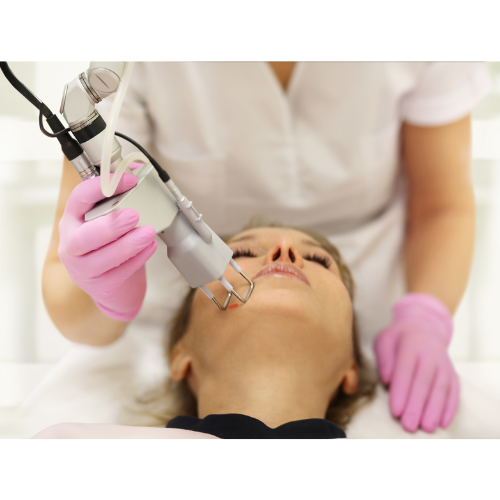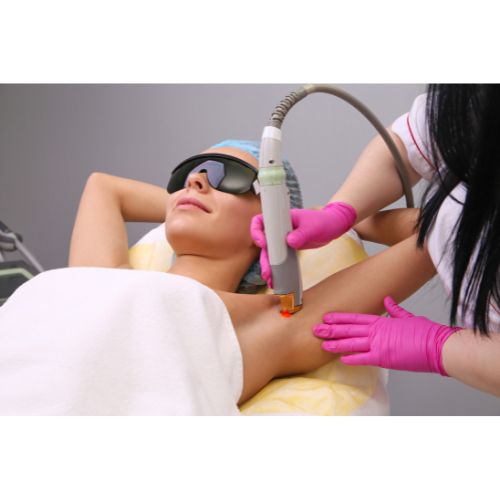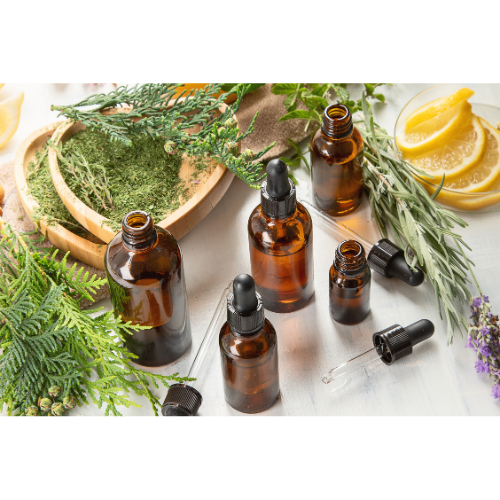Your Complete Guide to Post-CO2 Laser Skin Care

Understanding the CO2 Laser Treatment Process
The CO2 laser skin resurfacing treatment is a revolutionary procedure gaining traction across various regions, including the Nijmegen area, for its profound impact on skin health. This advanced technique utilizes a carbon dioxide laser to remove layers of skin with precision, promoting the growth of new, healthier skin. It's particularly effective for addressing age spots, fine lines, wrinkles, and various skin irregularities.
Understanding the intricacies of this process is crucial for successful fractional laser recovery. During the procedure, the CO2 laser penetrates the skin layers, stimulating collagen production which helps in skin rejuvenation. The result is a smoother, younger-looking complexion, but it comes with a commitment to aftercare.
While the benefits are remarkable, like with any medical procedure, having realistic expectations and knowing what to anticipate post-treatment will support your CO2 laser healing journey. Whether you're considering the procedure or are in the midst of recovery, being informed is your first step toward radiant skin.
Immediate Aftercare: The First 48 Hours
The initial 48 hours post-CO2 laser treatment are critical for the overall success of your skin resurfacing journey. Think of it as laying the foundation for optimal healing and skin recovery. Immediately after your session, your skin may feel hot and sensitive, similar to a sunburn. This is entirely normal and part of the healing process.
- Moisturize: Consistently apply a hydrating ointment recommended by your dermatologist to keep your skin from drying and cracking.
- Avoid Sun Exposure: Your skin will be incredibly vulnerable, so it's essential to stay out of direct sunlight and apply a broad-spectrum sunscreen if you must go outdoors.
- Gentle Cleansing: Use a mild cleanser to wash your face gently, ensuring no residue lingers to irritate your skin further.
Remember, your skin is healing from beneath the surface, and these measures will enhance your CO2 laser healing and set the stage for vibrant results.
Managing Discomfort and Promoting Healing
Discomfort is a common companion during the recovery period, but with the right care, it can be managed effectively. Post-CO2 laser treatment, some degree of swelling, redness, and itching is to be expected. These are signs that your skin is actively healing.
- Cold Compresses: Applying a chilled, damp cloth can soothe inflammation and provide immediate relief from discomfort.
- Pain Management: Over-the-counter pain relievers, like ibuprofen, can help manage any pain or swelling.
- Hydration: Drinking plenty of water supports skin recovery from the inside out, ensuring your body is well-equipped for fractional laser recovery.
Remember to follow your healthcare provider’s advice regarding any prescribed medications or skin care treatments. By focusing on these CO2 laser healing tips, you're nurturing your skin back to health, ensuring the best possible results from your treatment.
Long-term Skincare: Maintaining Your Results
Achieving your desired results with CO2 laser skin resurfacing is just the beginning. Maintaining these results requires a dedicated long-term skincare regimen. As your skin continues to heal and settle over time, you'll want to adopt habits that protect and enhance its newfound vitality.
- Consistent Sunscreen Use: Daily application of SPF is crucial to protect your skin from the sun's harmful rays, which can reverse the benefits of the treatment.
- Regular Exfoliation: Once your skin has fully healed, gentle exfoliation can help maintain smoothness and prevent clogged pores.
- Hydrating Products: Incorporate moisturizers and serums that promote hydration and collagen production.
For those in the Nijmegen area or beyond, embracing these practices not only supports CO2 laser healing but ensures the longevity of your investment. Your skin will thank you for the consistent care and attention.
When to Seek Professional Help
While most CO2 laser healing experiences proceed smoothly, it's vital to recognize when professional intervention is necessary. Knowing the difference between typical post-treatment symptoms and signs of complications can make a significant difference in your recovery.
- Persistent Redness or Swelling: If these symptoms last beyond what was initially discussed with your provider, it might be time to reach out.
- Signs of Infection: Indicators such as excessive pain, pus, or a fever require immediate medical attention.
- Delayed Healing: If your skin isn't showing signs of improvement within the expected timeframe, consult with your dermatologist.
It's essential to maintain open communication with your practitioner, especially if you’re undergoing Nijmegen CO2 laser treatments. Their guidance is invaluable, ensuring not only your safety but the enhancement of your skin's health and appearance.

Unlocking Tension: The Benefits of Deep Tissue Massage for Shoulder Relief

Laser Hair Removal vs. IPL: Finding the Best Option for You
